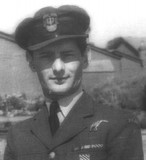List of author's articles
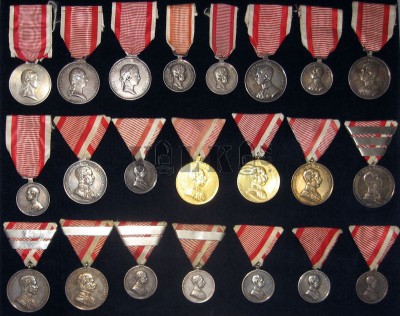
Austrian medal "For bravery" - Part 1
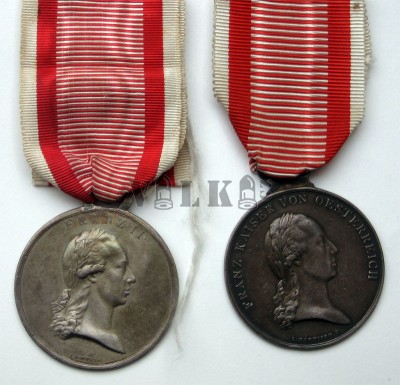
Austrian medal "For bravery" - Part 2
Here is the history of perhaps the most famous Austrian and Austro-Hungarian medals for military bravery. The more than one hundred and thirty years of awarding the medal during the reigns of six monarchs ( initially exceptional, but in the last years of World War I was quite common ) manifested itself in a number of variants.
The development of this badge of honor has its own interesting section, very closely connected with the development of the Austrian army.
Thanks to their tradition, the " For Bravery medal has become a real symbol of the imperial armed forces, similar to the Iron Cross in Prussia and the St. George's Cross in Tsarist Russia.
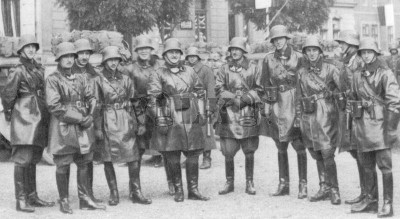
Black Brigade - Part I. "1939 - The First Fight"
Black Brigade - Part II. "1940 - French Intermezzo"
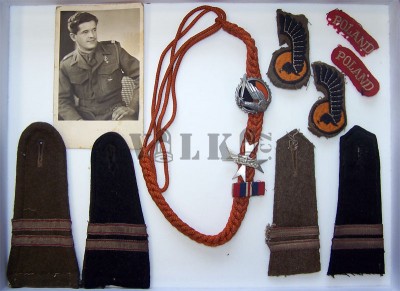
Black Brigade - Part III. "1944 - From Normandy to Germany"

Brigadier General Stanisław Skalski

Commemorative ring of the 21st Infantry Regiment

Field Marshal August Neidhardt von Gneisenau
One hundred years after the death of the field marshal, another famous German chief of staff, Heinz Guderian, characterized Gneisenau succinctly: Blücher's chief of staff, a brave defender of Kolberg, a brilliant soldier full of temperament, an excellent strategist and advisor to his commander in many victorious and losing battles.

Friedrich Christiansen - Aviator from Zeebrugge
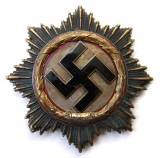
German Cross (Deutsches Kreuz)
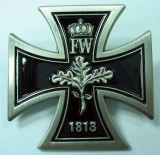
Iron Cross (Eisernes Kreuz)
History of origin, development, variants and classes of the Iron Cross in the years 1813 - 1957
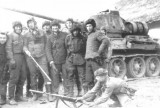
Kommandoverband Jaguar
During the Second World War, there were situations when their own units in enemy uniforms and with their armament were sent into battle. Sometimes it brought surprisingly good results, but sometimes the "Trojan horse" tactic missed the point and was not successful. Always, but this way of fighting was a big risk for its participants - in case of captivity they could not count on any regrets…
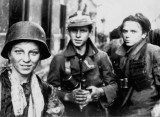
Land Army - Armia Krajowa (AK)
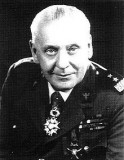
Lieutenant General Stanisław Maczek
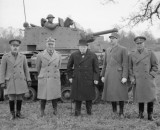
Lieutenant General Władysław Eugeniusz Sikorski
Polish general, politician and statesman, Prime Minister of Poland. During the Soviet-Polish War ( 1919-1920 ) he proved to be an excellent front-line general and in 1921 he was appointed Chief of Staff as a successful warrior. At the turn of 1922 and 1923, he was briefly Prime Minister and Minister of Defense. From September 30, 1939 the Prime Minister of the Polish government in exile. Sikorski died in a plane crash near British Gibraltar. The " timing " of his death during a severe crisis between the Polish government in exile, the Allies and the USSR after the revelation of the Katyn massacre still records various conspiracy theories.

Major Henryk Dobrzański
Military Order Virtuti Militari
The oldest Polish military order, which is awarded for bravery in battle, is inextricably linked with the history of Poland, which affected its development with all its famous and tragic twists. For more than 215 years, it has been the highest combat award of a Polish soldier and means the same to him as the British Victoria Cross, the American Medal of Honor or the German soldier the Iron Cross. Generations of Poles are brought up in respect for people awarded the Order of Virtuti Militari. Holders of blue-black ribbons are rightfully respected and respected citizens.

Oberleutnant Franz Alois Welz and his photogallery
Operation Kutschera
Warsaw, Ujazdów Avenue, February 1, 1944, nine o'clock and fifteen minutes, the gunfire reverberates, smoke still hangs in the air, contaminated by grenades. On the muddy asphalt the blood of SS-Brigadeführer General of Police Franz Kutschera - the feared and hated executioner of Warsaw - is solidifying...
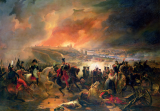
Polish General and Marshal of France Józef Poniatowski
Prince Józef Poniatowski was an important soldier, an honest man and a great patriot. Courage, fidelity to the ideals of independence and his heroic death made him a national hero.

Polish Navy during World War II
In the article you will also find links to monographs of Polish ships by the author Tars , which should definitely not escape your attention.
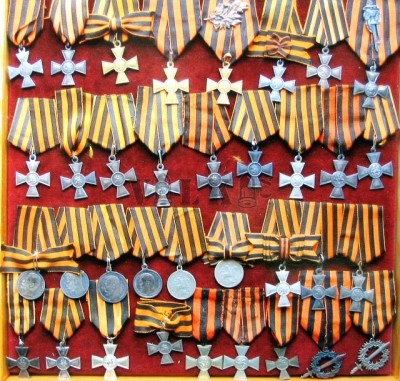
Russian Military Cross of St. George and the medal For bravery
A new look at the issue of the Russian Military Crosses of St. George and the Medal of Valour.

Spanish Cross (Spanienkreuz)
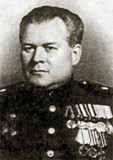
Stalin's hangman - Vasili Blokhin
Tokarev froze in horror and dropped the cards on the ground. He had just seen the horrible personification of Death.
… Here we go - said Death.
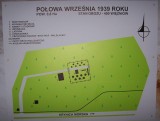
Stutthof concentration camp
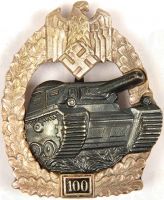
Tank Combat Badge (Panzerkampfabzeichen)
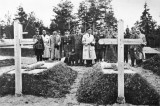
The Katyń massacre
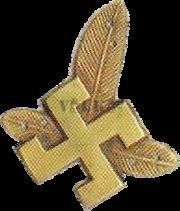
The Polish units with a swastika in the emblem
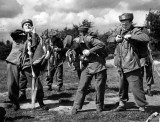
The shortest way!
But as the future showed, the idea was naive, and despite initial British support for the idea, the Poles never flew home… The 1st Independent Parachute Brigade became a unit of a single battle: the landing at Arnhem as part of Operation Market Garden.

War Cross of Merit (Kriegsverdienstkreuz)
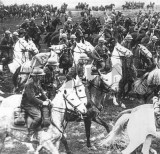
With saber against tanks – the absurd myth of the Polish September 1939
The legend of Polish cavalry attacking German tanks with sabres and pikes is perhaps the most famous myth of the September 1939 campaign. I believe that it is impossible to determine exactly where and when this myth originated, but it is still alive both in Poland and beyond its borders. The myth was created during the entire Polish campaign and the years that followed. The fact that such an attack would have been a clear suicide, and no commander in his right mind would have given such a stupid order, in no way diminishes the popularity of these stories, repeated with wonder even by well-known authors. It proves that it is very difficult to remove any stereotype, however utterly absurd, when it is so deeply ingrained.
Join us
We believe that there are people with different interests and experiences who could contribute their knowledge and ideas. If you love military history and have experience in historical research, writing articles, editing text, moderating, creating images, graphics or videos, or simply have a desire to contribute to our unique system, you can join us and help us create content that will be interesting and beneficial to other readers.
Find out more